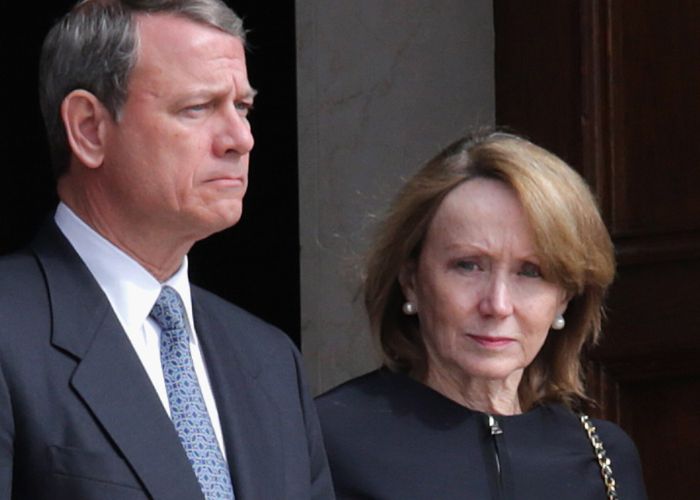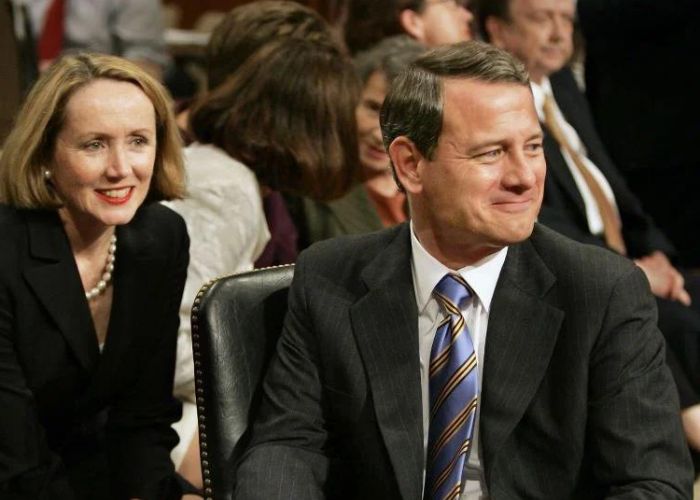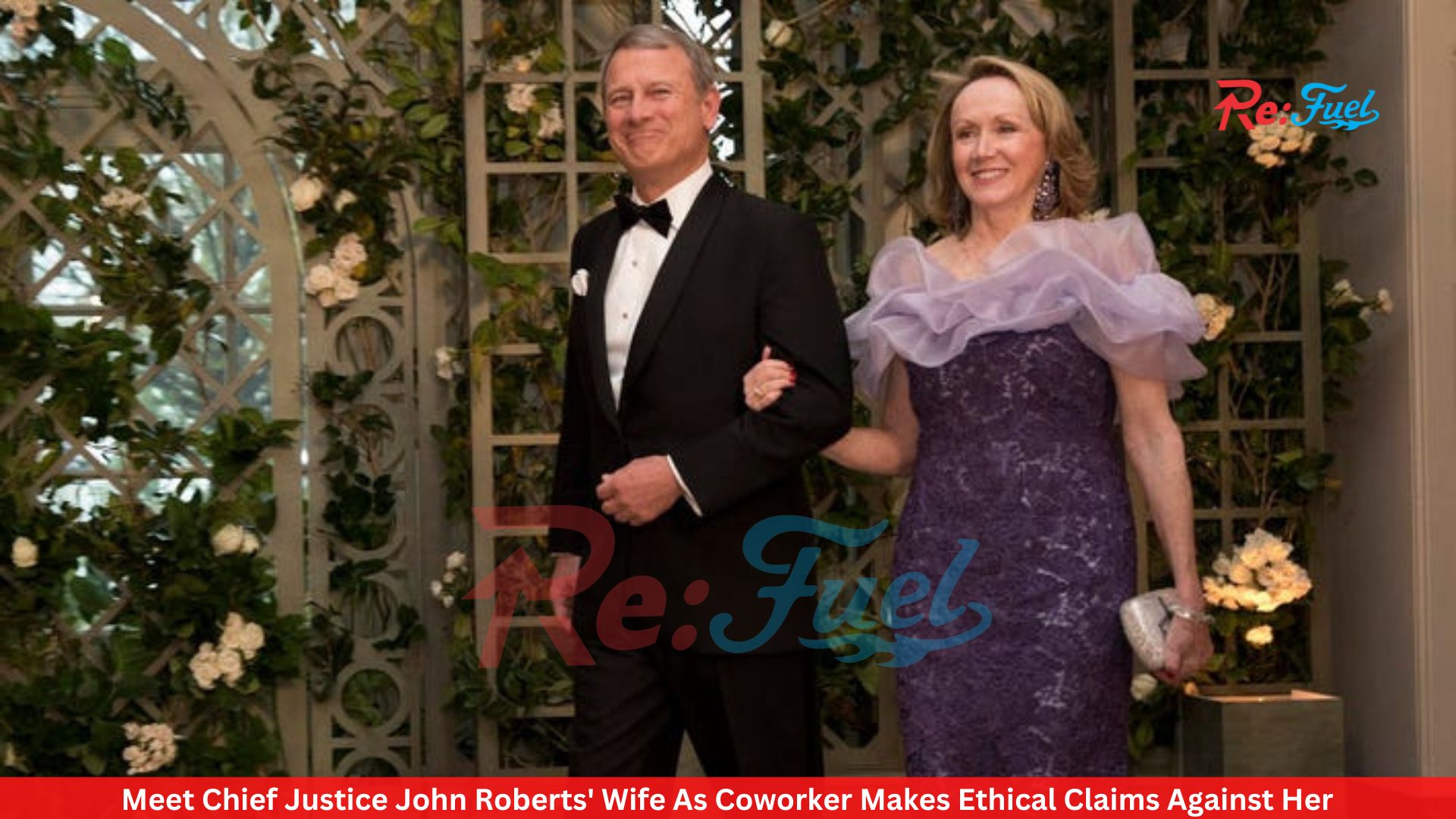John Glover Roberts Jr. is the 17th chief justice of the United States. Roberts has written the majority opinion in several important cases, such as the National Federation of Independent Business v. Sebelius, Shelby County v. Holder, and Riley v. California. People have said that he has a conservative view of the law, but he is, above all, an institutionalist.
A Boston lawyer who used to work with the wife of U.S. Chief Justice John Roberts has filed a complaint with Congress and the Justice Department saying that her job as a legal recruiter at the Supreme Court is a conflict of interest. People are now looking for his wife because of this accusation. She became a big deal in the news. So let’s talk about his wife and everything you need to know about the conflict right here.
John Tied The Knot With Jane In 1996.
In 1996, John Roberts and Jane tied the knot. They met at a beach house, but she left quickly to go to Australia for a year. When they met again, she bet him that he wouldn’t remember what she was wearing the first time they met. He did, and she could also remember what he was wearing. She told the site, “We liked each other a lot. We had many things in common. The couple goes to the Catholic Church of the Little Flower in Bethesda, Maryland.

The Robertses tried to have children when they were both in their 40s. He said that after several failed attempts to adopt, they “lucked out” with Josephine and John. This is what a New York Times article says. She told Irish America that having children was the best way for them both to “ground themselves.”
Also Read: Who Is Eboni K. Williams’ Husband? Is She Married To Anyone?
Who Is John’s Wife? Know About The Allegations Against Her
Jane Sullivan Roberts is a lawyer for Pillsbury Winthrop Shaw Pittman. In 2019, Sulivan lead the movement of the legal search boutique Mlegal Group to the nation’s capital. She used to work as a recruiter for one of the biggest legal recruitment firms in the capital, Major Lindsay and Africa. She is on the Board of Trustees at the College of the Holy Cross, where she went to school.

“Before joining MLA, Jane was the Executive Partner for Talent Development at Pillsbury Winthrop Shaw Pittman,” part of her biography says. Before taking on this job, she was a partner in the company’s Global Technology Group, where she worked on IT sourcing and buying satellite systems.
“Jane also worked as a litigator at Shaw Pittman and Dorsey & Whitney. She represented clients in a wide range of cases in front of different courts and groups that make decisions. In 1992, Ms. Roberts went to court in Australia with the top law firm at the time, Arthur Robinson & Hedderwicks.
The confidential complaint, which was first seen and reported on by The New York Times on Tuesday, suggests that Jane Roberts’s past job as a legal recruiter, in which she helped high-profile firms hire top talent, could be a problem from an ethical point of view.

Jane Roberts quit her job as a law partner when her husband was confirmed as chief justice in 2005. However, a former colleague, Kendal Price, told the Times that Roberts made millions of dollars in commissions by helping firms that did a lot of court business find new employees.
Also Read: Who Is Marques Houston’s Wife? Relationship Info
Price wrote, according to the Times, that “I do think that litigants in U.S. courts, and especially the Supreme Court, deserve to know if their judges’ households are getting six-figure payments from the law firms.”
Neither John nor Jane Roberts responded to the news right away. Price’s complaint is the latest in a long line of ethical claims against sitting justices and their spouses. These claims have led to long-standing calls for the Supreme Court to be more open and have more strict ethics rules.

